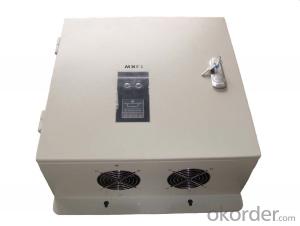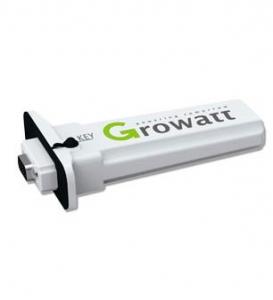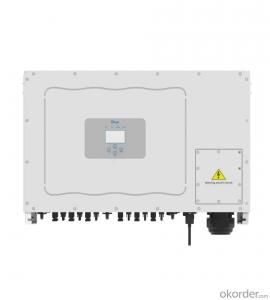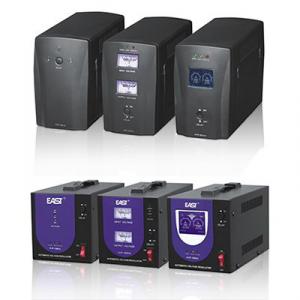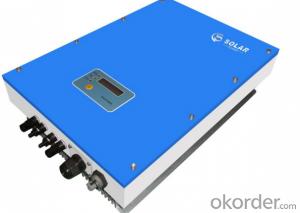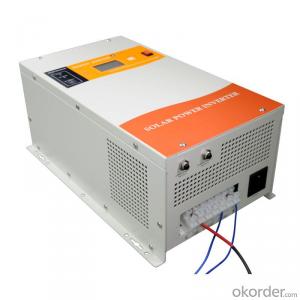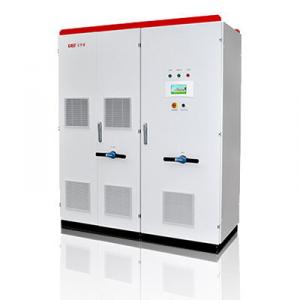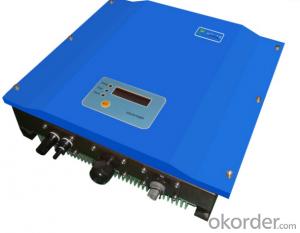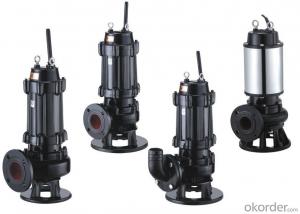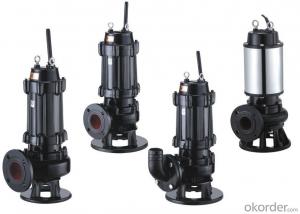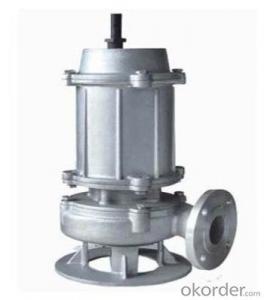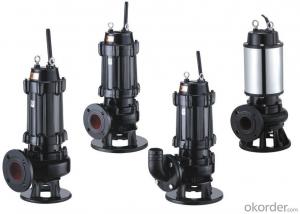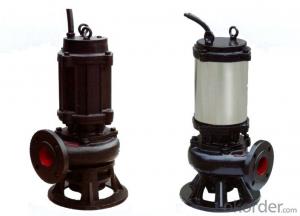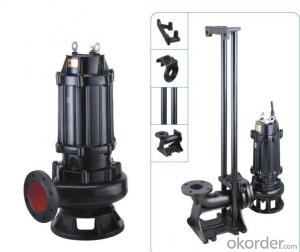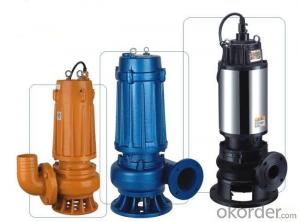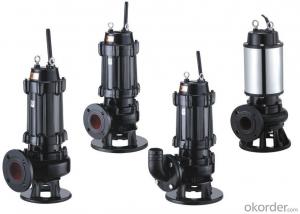Abb Solar Inverter Business
Abb Solar Inverter Business Related Searches
Abb Solar Inverter Solar Abb Inverter Abb Solar Power Inverter Abb Solar Inverter Price Solar Inverter Business Abb Solar Panel Inverter Abb Hybrid Solar Inverter Abb Solar Pump Inverter Abb Solar Water Pump Inverter Abb Solar Inverter App Abb Solar Inverter Wifi Solar Pump Inverter Abb Fimer Abb Solar Inverter Abb Solar Inverter Warranty Abb Solar Inverter 100kw Abb Solar Inverter Fimer Abb 10kw Solar Inverter Abb 3 Phase Solar Inverter Abb 5kw Solar Inverter Abb Uno Solar Inverter Abb 50 Kw Solar Inverter Price Abb Trio Solar Inverter Abb Solar Inverter 5kw Abb Solar Inverter Price List Solar Inverter Business Plan Abb Solar Inverter Login Aps Solar Inverter Tbb Solar Inverter Abb Solar Inverter App Login Ac Inverter SolarAbb Solar Inverter Business Supplier & Manufacturer from China
Abb Solar Inverter Business encompasses a comprehensive range of products designed to optimize the performance of solar energy systems. These inverters are engineered to convert the direct current (DC) generated by solar panels into alternating current (AC) that can be utilized by homes and businesses. The product line includes string inverters, central inverters, and microinverters, catering to various solar installation requirements and sizes.The application and usage scenarios of Abb Solar Inverter Business products are vast, as they are integral to the efficient functioning of solar power systems. These inverters are deployed in residential, commercial, and utility-scale solar installations, ensuring that the generated solar energy is effectively converted and integrated into the power grid or used directly by the consumers. They play a crucial role in maximizing energy yield, reducing system downtime, and ensuring the longevity of solar panel installations.
Okorder.com stands as a prominent wholesale supplier of Abb Solar Inverter Business products, boasting a substantial inventory to meet the diverse needs of customers worldwide. With a commitment to quality and customer satisfaction, Okorder.com offers competitive pricing and reliable service, making it a preferred choice for those seeking to purchase Abb solar inverters for their projects.
Hot Products

